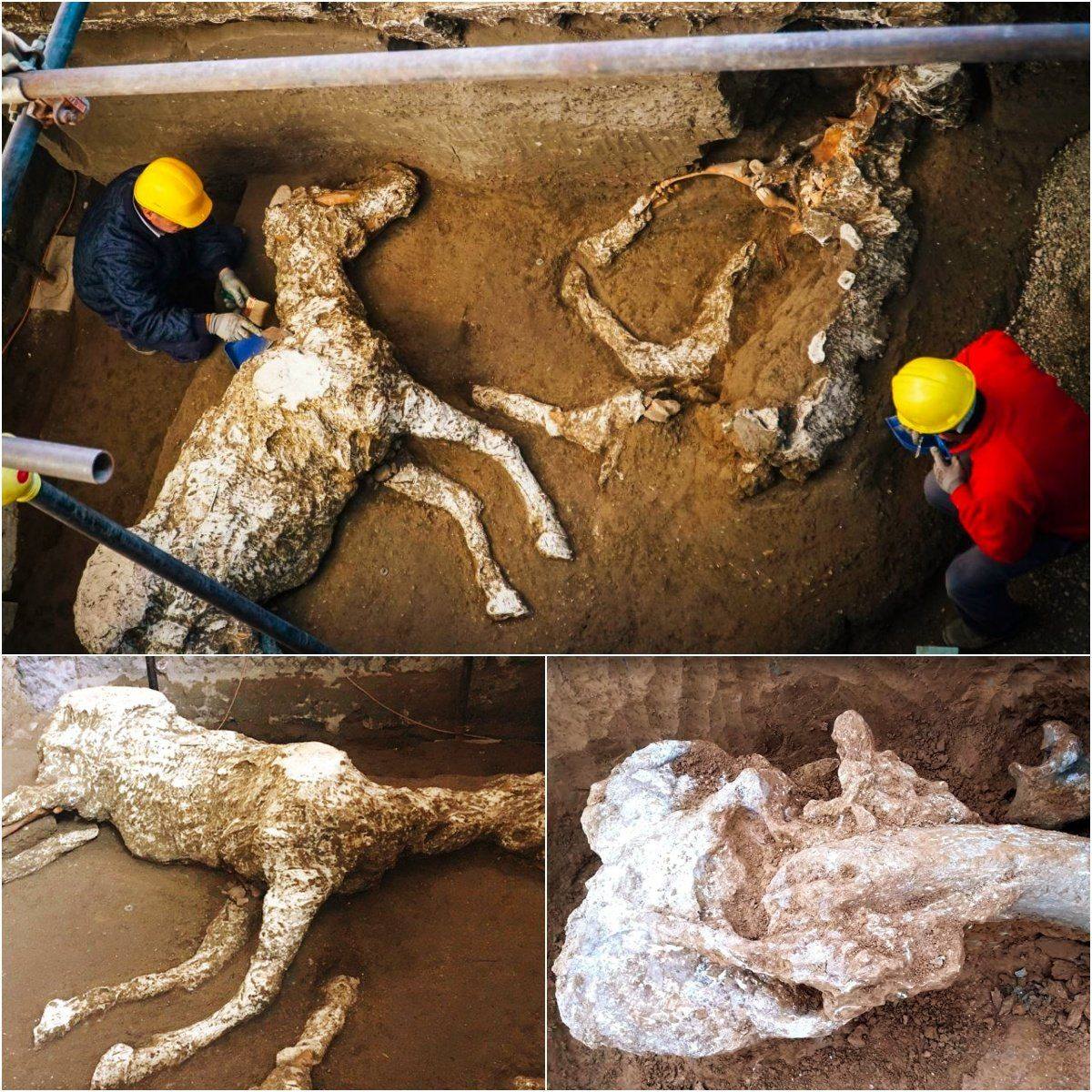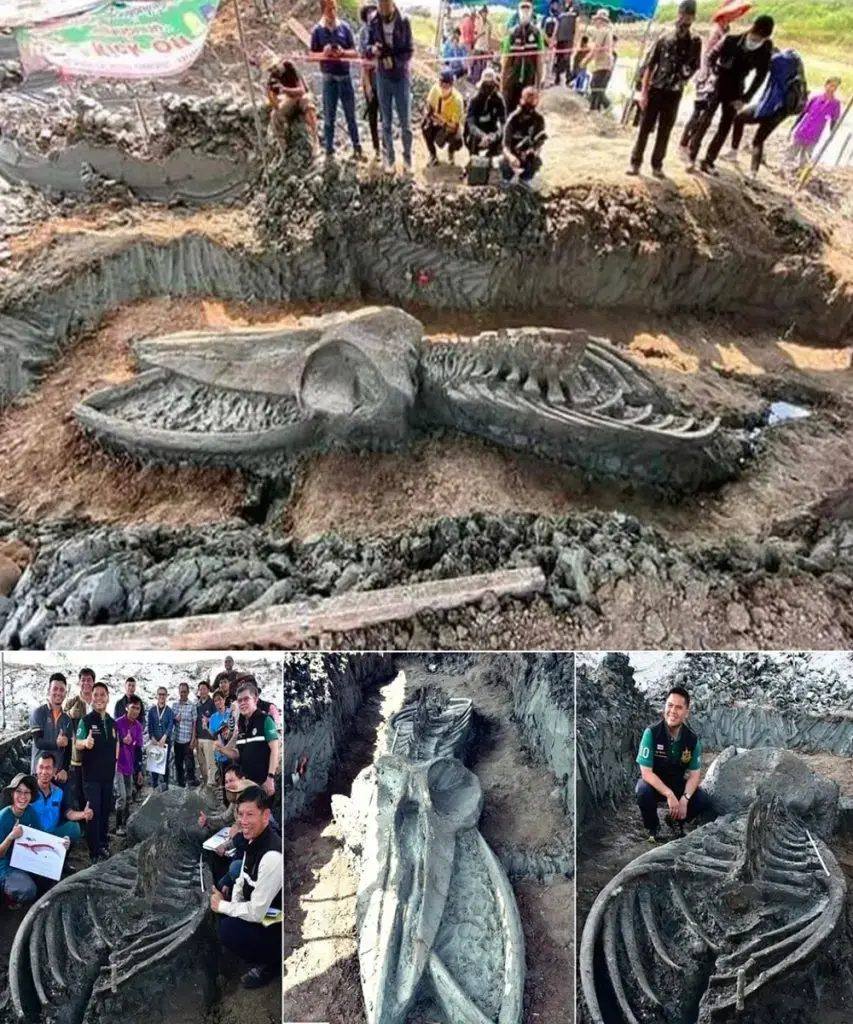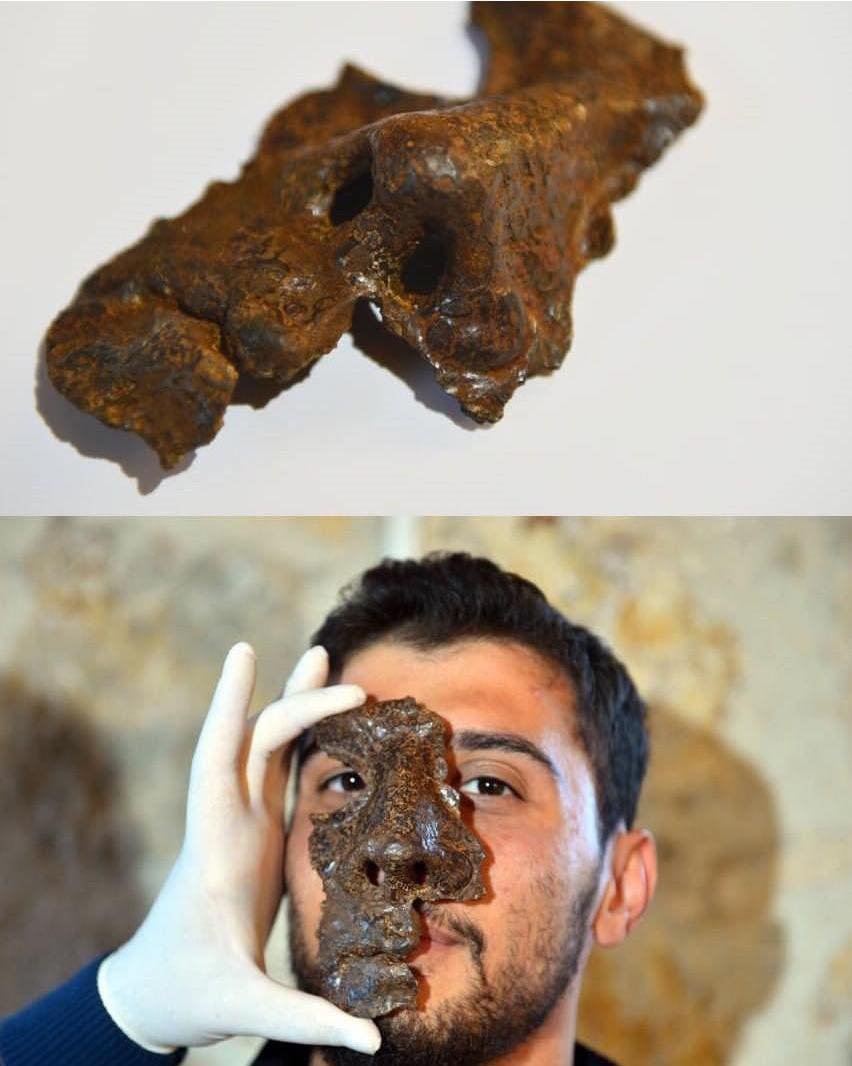Los arqueólogos de Ecuador han hecho un descubrimiento fascinante, aunque bastante espeluznante. En un túmulo que data de hace 2.100 años, los científicos encontraron signos de un ritual nunca antes visto: dos bebés fueron enterrados con “cascos” hechos con los cráneos de otros niños.

Durante las excavaciones realizadas entre 2014 y 2016 en Salango, Ecuador, se descubrieron los restos de ocho bebés, un niño y dos adultos, en dos pequeños túmulos. Alrededor de algunos de ellos se encontraron pequeños artefactos, conchas y estatuillas de piedra, de acuerdo con prácticas observadas en otros montículos. Pero dos de los bebés se destacaron por su peculiaridad: sus cráneos estaban envueltos en cráneos más grandes, en un aparente ritual funerario que nunca se ha visto en ningún otro lugar del mundo.
The first 𝑏𝑎𝑏𝑦 was estimated to have been about 18 months old at time of death. According to the researchers the skull of an older 𝘤𝘩𝘪𝘭𝘥, aged between four and 12 years old, had been fitted over the infant’s head like a helmet, “such that the primary individual’s face looked through and out of the cranial vault of the second.”

There wasn’t much space between the two skulls, so the team believes that the helmet was placed at the time of burial. A small shell and part of a 𝘤𝘩𝘪𝘭𝘥’s finger bone were also found between the two skull layers. The second infant was estimated to have been between six and nine months old, and the original owner of its skull helmet was believed to have been between two and 12 years old.
“The skulls were fairly well preserved, although fragmentary from normal erosional processes associated with being buried,” Sara Jeungst, corresponding author of the study, tells New Atlas. “The outer skulls had straight edges, suggesting they had been cut, although only one cut mark was found.”

But there’s an even grislier twist. The position of some bones of the outer skulls suggested that the helmets were “processed” and likely even fitted over the infants’ heads while they were still covered in flesh.
So why would people in the year 100 BCE bury their 𝘤𝘩𝘪𝘭𝘥ren like this? In the context of ancient South American cultures, the researchers say that the human head was a strong symbol of identity.
“Heads were commonly depicted in iconography, pottery, stone, and with literal heads in pre-Columbian South America,” Jeungst tells us. “They are generally representative of power, ancestors, and may demonstrate dominance over other groups – such as through the creation of trophy heads from conquered enemies.”

In this case, the extra skulls may have been an attempt to protect the young souls. Stone figurines of ancestors, which had been placed around the heads of other infants buried there, adds evidence to support this idea.
The team says there are other clues to the story in and around the burial mound. While 𝘤𝘩𝘪𝘭𝘥 sacrifices are common to ancient cultures in the area, there was no forensic evidence that these 𝘤𝘩𝘪𝘭𝘥ren had been sacrificed. They did, however, show signs of severe disease or malnourishment prior to death, which may have been the result of volcanic eruptions.

“These burials are buried just above a layer of volcanic ash, likely associated with an eruption in the highlands, so we suggest that there may have been resource stress post-eruption (loss of crops, or trouble finding regular marine foods) which could have triggered disease outbreaks, and thus the ritual interment of these 𝘤𝘩𝘪𝘭𝘥ren with extra ‘protection’ or enhanced connection with ancestral figures,” Jeungst tells us.

Los investigadores esperan realizar estudios de ADN para determinar si los bebés estaban relacionados con los niños cuyos cráneos llevaban.
Los huesos fueron excavados originalmente por Richard Lunniss y la excavación fue financiada por la Universidad Técnica de Manabí.


